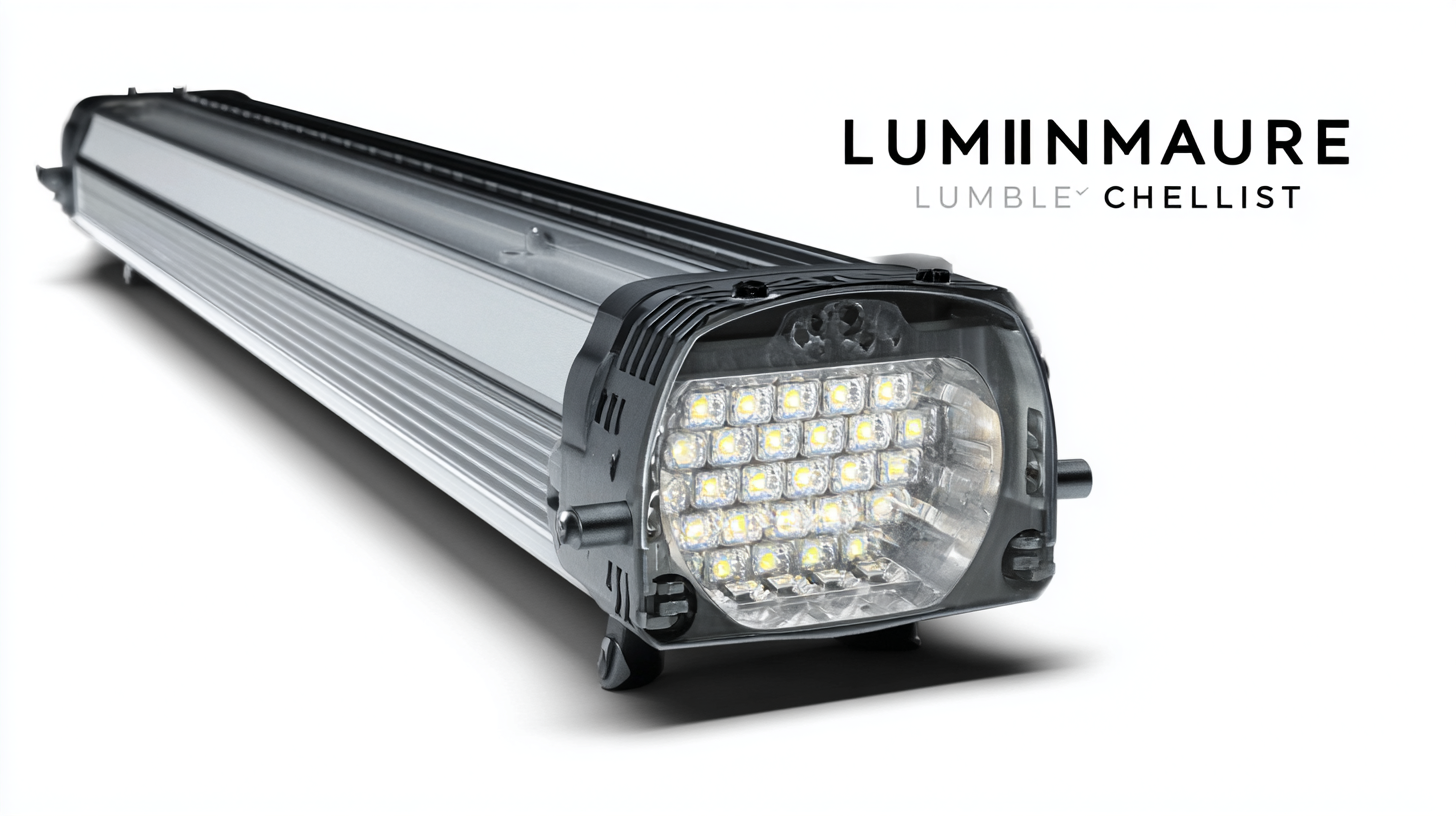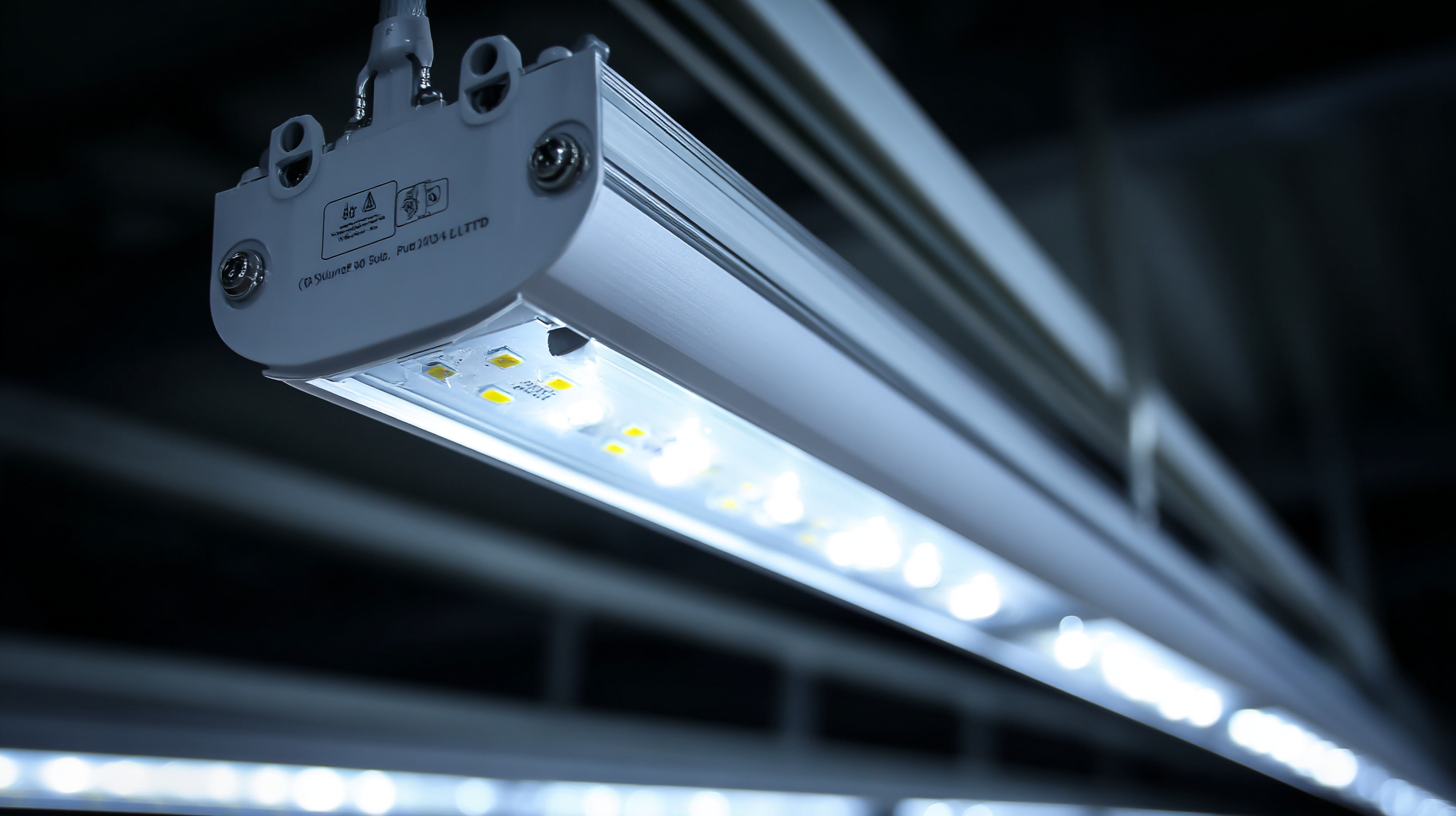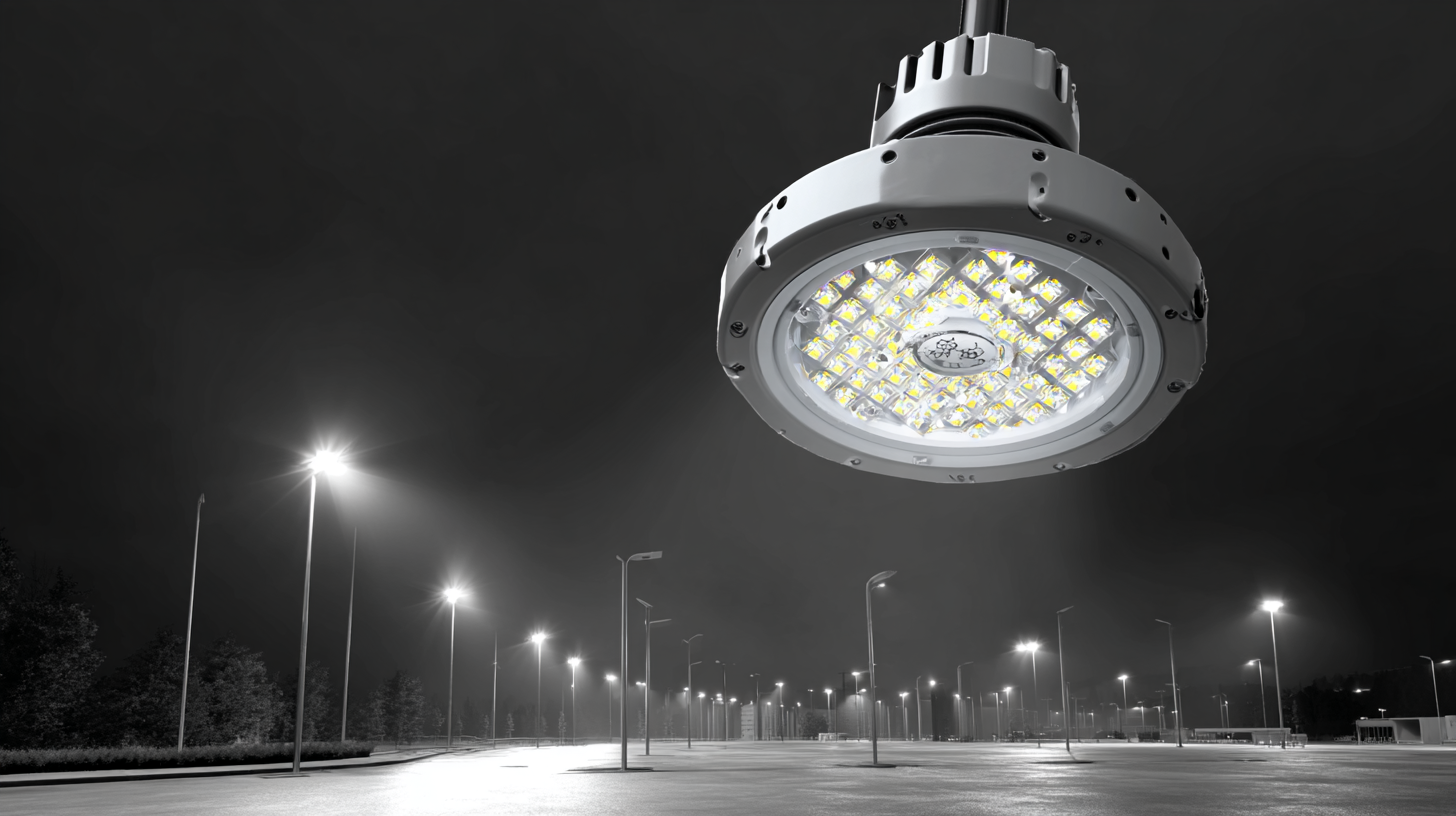Finding Top Suppliers for the Best Led Luminaire with an Effective Evaluation Checklist
In today's rapidly evolving lighting industry, selecting the right suppliers for high-quality LED luminaires is critical to ensuring both functionality and aesthetic appeal for a wide range of applications. As energy efficiency becomes a priority for businesses and consumers alike, the demand for premium LED luminaires continues to rise. However, navigating the myriad of manufacturers can be a daunting task without a structured approach.

This blog will explore effective strategies for identifying top suppliers, equipping you with a comprehensive evaluation checklist that not only highlights key performance indicators but also emphasizes the manufacturer’s reputation, innovation, and customer service. By understanding what constitutes a quality LED luminaire and how to properly assess potential suppliers, you can make informed decisions that elevate your lighting projects and meet your sustainability goals.
Criteria for Evaluating LED Luminaire Suppliers: A Comprehensive Overview
When searching for the best LED luminaire suppliers, having a solid evaluation checklist is crucial. First, consider the supplier’s reputation in the industry. Look into their track record, customer reviews, and the duration they have been in business. A well-established supplier often reflects reliability and trustworthiness, which are essential for a long-term partnership. Additionally, assess their range of products and innovations. A supplier that continually invests in R&D is more likely to provide cutting-edge solutions that meet evolving market demands.
Another key criterion is the quality and compliance of their products. Ensure that the luminaires meet relevant certifications and standards, such as Energy Star or ISO. This not only guarantees the safety and sustainability of the products but also signifies that the supplier is committed to high-quality manufacturing processes. Finally, explore their customer support services. A supplier that offers responsive and knowledgeable support can help resolve issues quickly and effectively, enhancing your overall experience as a client. By applying these criteria, you can streamline your search and establish a partnership with a supplier that aligns with your needs.
Understanding Industry Standards for LED Lighting: Key Metrics and Regulations
When evaluating suppliers for the best LED luminaires, it's essential to understand the industry standards that govern LED lighting. Key metrics such as lumen output, energy efficiency, color temperature, and lifespan are critical factors in selecting high-quality products. Compliance with regulations ensures that the luminaires not only perform effectively but also contribute to overall health and safety by minimizing air pollution and resource waste.
**Tips:** When assessing potential suppliers, create a checklist that includes their adherence to energy-efficient construction principles. This will help ensure that the products meet the Future Homes and Buildings Standards and align with ongoing sustainability efforts in the manufacturing sector.
Additionally, investigate suppliers' strategies for carbon footprint reduction. Engaging with manufacturers who prioritize minimizing waste and adopting circular economy practices will support a collective goal of achieving sustainability within the industry. This approach not only impacts the environment positively but also enhances the overall resilience of the supply chain.
LED Luminaire Suppliers Evaluation
This chart represents the evaluation metrics for leading suppliers of LED luminaires, focusing on key performance indicators such as Efficiency, Lifespan, Warranty Period, and Regulatory Compliance.
The Importance of Energy Efficiency Ratings in Selecting LED Luminaire Suppliers
 When selecting LED luminaires,
energy efficiency ratings play a crucial role in determining the best suppliers.
These ratings not only indicate how effectively a luminaire converts electrical energy
into light but also highlight its long-term cost-effectiveness. By focusing on suppliers
that prioritize high energy efficiency ratings, buyers can significantly reduce operating
costs while contributing to sustainability goals.
This approach not only benefits the environment but also aligns with the growing demand
for energy-conscious solutions in commercial and residential settings.
When selecting LED luminaires,
energy efficiency ratings play a crucial role in determining the best suppliers.
These ratings not only indicate how effectively a luminaire converts electrical energy
into light but also highlight its long-term cost-effectiveness. By focusing on suppliers
that prioritize high energy efficiency ratings, buyers can significantly reduce operating
costs while contributing to sustainability goals.
This approach not only benefits the environment but also aligns with the growing demand
for energy-conscious solutions in commercial and residential settings.
Moreover, an effective evaluation checklist should prominently feature energy efficiency as a key criterion. Suppliers showcasing products with superior energy ratings often provide detailed information on luminaire performance, including lumens per watt and expected lifespans. This level of transparency allows buyers to make informed decisions based on the long-term benefits, rather than just initial costs. By collaborating with suppliers that emphasize energy-efficient technologies, organizations can ensure that they invest in luminaires that offer both exceptional performance and reduced environmental impact over time.
Assessing Product Quality: Key Performance Indicators for LED Lighting Solutions
When evaluating LED luminaires, the key to selecting the best suppliers lies in understanding the performance indicators that define product quality. One crucial aspect is the efficacy of the luminaire, measured in lumens per watt. A higher efficacy indicates an energy-efficient product that produces more light for less power consumption, ultimately impacting operational costs and sustainability.

Tips for evaluating luminaire efficacy include examining the manufacturer's specifications closely. Always look for products that meet or exceed the industry standards set by organizations like the Department of Energy (DOE). Additionally, consider the color rendering index (CRI), which assesses how accurately colors are displayed under the light, ensuring that the ambiance of your space remains vibrant and true to life. A CRI of 80 or above is generally recommended for most applications.
Another important performance indicator is the lifespan of the LED luminaire, typically measured in hours. A longer lifespan reduces maintenance frequency and costs over time. When evaluating suppliers, inquire about the warranty period they offer, as it reflects their confidence in the product's durability. Look for fixtures with warranties of five years or more, which often indicate a commitment to quality and customer satisfaction.
Supply Chain Transparency: Ensuring Reliability in LED Luminaire Manufacturing
In the current landscape of LED luminaire manufacturing, supply chain transparency has emerged as a critical factor for ensuring product reliability and quality. The complexities of sourcing materials and components mean that manufacturers must prioritize clarity within their supply chains. This transparency not only streamlines operations but also builds trust among stakeholders, from suppliers to end-users. By implementing robust tracking and reporting systems, companies can uncover potential risks and address them proactively, thereby enhancing overall trustworthiness in their products.
Recent developments highlight the implications of transparency, with legal disputes shaking the foundations of certain supply chains. Such events underline the necessity for manufacturers to be vigilant about their partnerships and practices. By fostering an environment of open communication and accountability, companies can navigate challenges more effectively and maintain their reputations. As the industry continues to evolve, embracing transparency will be key to driving innovation and sustaining growth in the LED luminaire market.
Finding Top Suppliers for the Best LED Luminaire with an Effective Evaluation Checklist
| Supplier Location | Manufacturing Capacity (Units/Month) | Quality Certification | Average Lead Time (Days) | Pricing (USD/Unit) | Sustainability Certification |
|---|---|---|---|---|---|
| North America | 5000 | ISO 9001 | 30 | 25 | LEED Certified |
| Asia | 10000 | ISO 14001 | 45 | 15 | RoHS Compliant |
| Europe | 7000 | ISO 50001 | 20 | 20 | A+ Energy Rated |
| South America | 3000 | ISO 9001 | 60 | 30 | None |
| Africa | 1500 | ISO 45001 | 90 | 40 | None |






